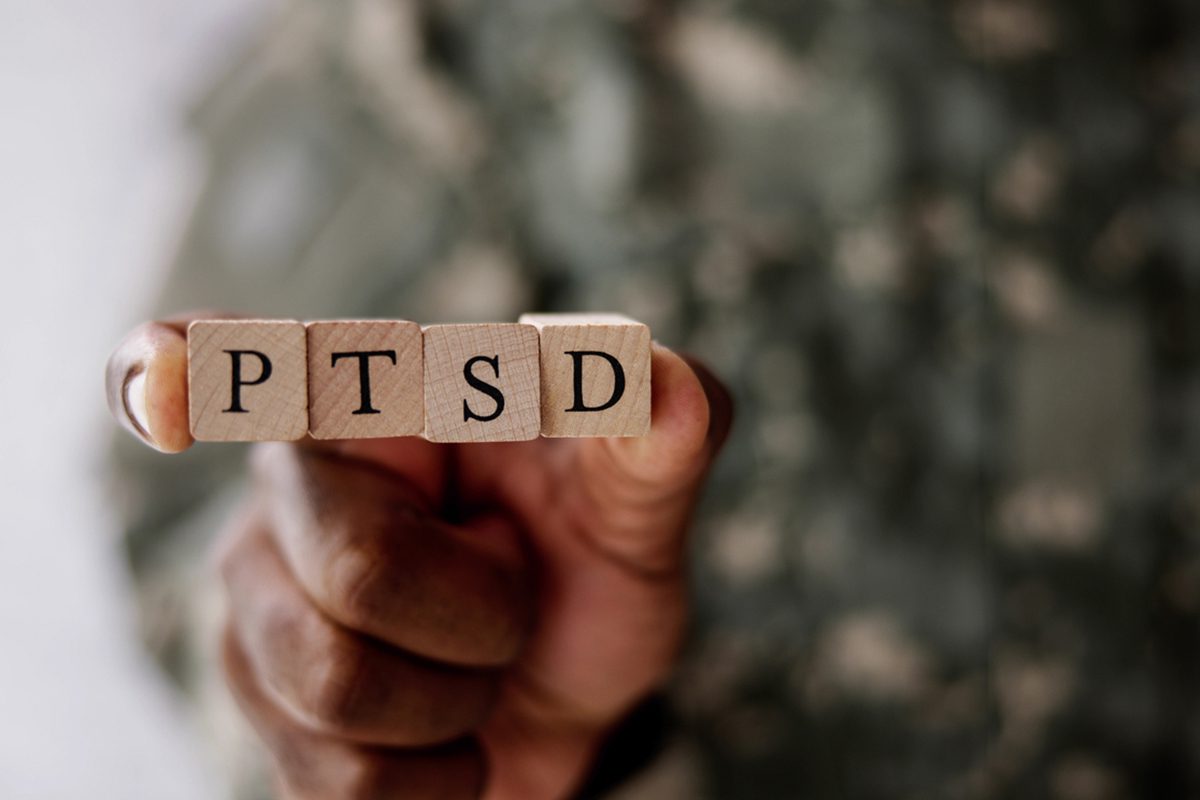Objective: Major depressive episode (MDE) and posttraumatic stress disorder (PTSD) have been shown to be the most common mental disorders following traumatic war experiences and have been found to frequently co-occur. This study, designed as a randomized cross-sectional interview survey, aimed to identify whether the co-occurence of MDE and PTSD following exposure to war-related experiences is associated with different demographics, exposure to previous traumatic events, and clinical characteristics than either condition alone.
Method: After a random-walk technique was used to randomly select participants, face-to-face interviews were conducted among war-affected community samples in 5 Balkan countries (N = 3,313) in the years 2006 and 2007. The mean age of participants was 42.3 years, and all participants had experienced potentially traumatic events during war in the countries of the former Yugoslavia. Current prevalence rates of MDE and PTSD and suicide risk were assessed using the Mini-International Neuropsychiatric Interview. Levels of general psychological distress, posttraumatic stress, and quality of life were assessed with self-reports.
Results: 30.5% of the sample met DSM-IV diagnostic criteria for either MDE or PTSD, and 9.1% had both disorders. Participants with concomitant MDE and PTSD reported significantly higher numbers of prewar and postwar traumatic events than participants with PTSD only and higher numbers of war-related events than those with MDE only (all P values < .001). Participants with both MDE and PTSD had significantly higher levels of general psychological and posttraumatic stress symptoms, a higher suicide risk, and lower levels of quality of life than participants with either condition alone (all P values < .001).
Conclusions: Concomitant MDE and PTSD are associated with the experience of different traumatic events and are characterized by more general psychological distress than either condition alone. The assessment of concomitant MDE and PTSD can facilitate better identification of individuals with severe psychopathology and poor quality of life. People with co-occurrence of MDE and PTSD may require specific health care programs following war.
J Clin Psychiatry 2013;74(3):e212-e218
© Copyright 2013 Physicians Postgraduate Press, Inc.
Submitted: April 11, 2012; accepted January 10, 2013 (doi:10.4088/JCP.12m07844).
Corresponding author: Nexhmedin Morina, PhD, Department of Clinical Psychology, University of Amsterdam, Weesperplein 4, 1018 XA Amsterdam, The Netherlands ([email protected]).
Members Only Content
This full article is available exclusively to Professional tier members. Subscribe now to unlock the HTML version and gain unlimited access to our entire library plus all PDFs. If you’re already a subscriber, please log in below to continue reading.
Please sign in or purchase this PDF for $40.00.
Already a member? Login




